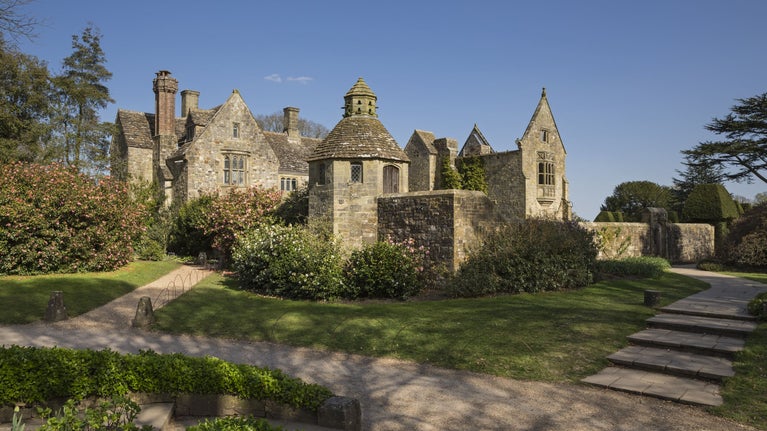
People in history
Discover some of the social history behind the places we care for and uncover fascinating facts about the people who have lived in them.

Being Jewish meant different things at different times. Taken together, the Jewish stories in country houses we care for speak to the integration of many Jews into nineteenth and twentieth-century British society, and some of the obstacles they encountered.
Jews were expelled from England in 1290. When they returned under Oliver Cromwell, they settled in urban areas. Some eighteenth-century Jews made enough money to buy, develop and build grand country houses as part of their pathway to social acceptance.
This phenomenon became more pronounced during the nineteenth and early twentieth centuries: a period of social and economic change that saw the rise of great Jewish financial dynasties like the Goldsmids, the Rothschilds and the Samuels.
Most Jewish country houses were in the South East of England and were therefore within easy reach of the City of London and its financial markets. Like the Rothschilds, many families had international family and business connections. This shaped the cosmopolitan taste in collecting, design and architecture, which is reflected in houses like Waddesdon Manor, a neo-French château.
Country houses were also seen as sites of ‘Englishness’ which would allow Jewish families to more easily assimilate into British society and culture. Jewish country house owners hunted, gardened, collected art and entertained lavishly. They supported local schools and charities, just as they tended to support traditional objects of Jewish charity, like the poor Jewish immigrants of London’s East End.

The wealthy and city-based Jews found it hard to integrate into the world of the English gentry. Before 1858, only those who'd converted to Christianity, such as the future Prime Minister Benjamin Disraeli of Hughenden Manor, could enter politics – and even then they still faced discrimination. Rather than face social exclusion, members of the Rothschild family built houses (including Waddesdon) in the Vale of Aylesbury where they could establish their own hunt.
Political antisemitism, the pogroms in Russia, the mass immigration of Ashkenazi (Eastern European) Jews to Britain, and Hitler’s rise to power all touched the lives of Jewish country house owners. The Rothschilds and other wealthy Jewish families were a particular focus for antisemitic conspiracy theories about Jews, money and power, which were widespread.
Many tried to help persecuted foreign Jews. Ludwig Messels of Nymans, who married into Christian society, was active in the Anglo-Jewish Association during the 1880s. Before the Second World War, the Bearsteds of Upton House and the Rothschilds helped arrange the Kindertransport (the transport of Jewish children from Nazi Germany to Britain) and gave a free loan of £60,000 to help German Jewish refugees.
Before Hitler, Zionism (the establishment and development of the Jewish state of Israel) was very controversial in these circles, attracting opposition from Lord Bearsted but greater support from some Rothschilds. This changed with the terrible plight of European Jews in the 1930s and the Holocaust.
Jews like Leonard Woolf of Monk’s House who married non-Jews and led socially integrated lives could still encounter antisemitic attitudes among friends and family. Even country house owners whose parents had converted were touched by the tragedy of Jewish existence in interwar Europe. Both Leonard Messel of Nymans and Maud Russell of Mottisfont Abbey had German relatives who fled the Nazis, with their help, and some who perished in the Holocaust.

This article contains contributions from Abigail Green, Professor of Modern European History at the University of Oxford. She has written widely on modern German history, international Jewish history and is now working on liberal political culture. Abigail is a contributor to the Trusted Source project.

Discover some of the social history behind the places we care for and uncover fascinating facts about the people who have lived in them.

A hub for multi-disciplinary research projects and research engagement at the University of Oxford
Find out more about our Trusted Source articles, which were created in partnership with the University of Oxford, and explore topics related to the special places in our care.

In March 1939, a group of Jewish child refugees arrived in Waddesdon village after escaping Nazi Germany. Join presenter Diane Kenwood as she uncovers the Cedar Children's story of survival and hope. You can also find more episodes from series seven, filled with nature and history.

Explore a selection from more than half a million books and manuscripts in the collections we care for. Libraries Curator Tim Pye takes a closer look at some of the most significant works.
